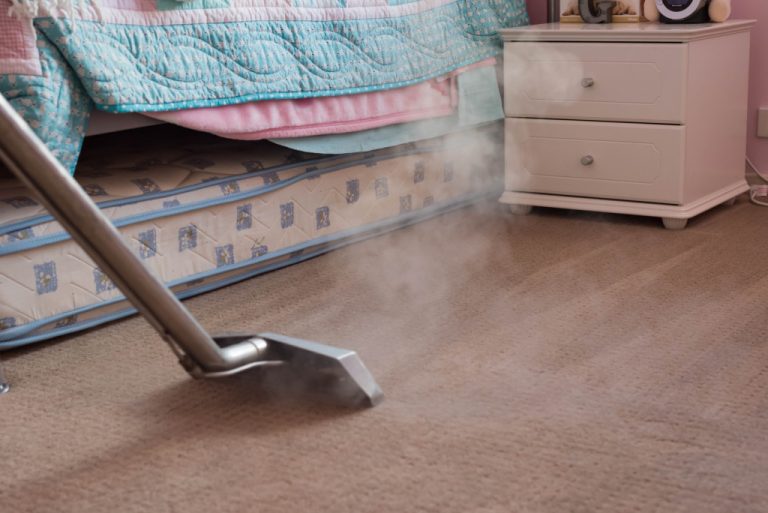The floor is one of the most important aspects of a building, as it provides a surface for people and equipment to move around. To maintain the floor and keep it in good condition, you must follow a regular maintenance routine. This guide will provide an overview of the necessary steps for proper floor maintenance.
Keep It Clean
The first step in maintaining a floor is to keep it clean. This can be done by sweeping or vacuuming the floor regularly. In addition, you need to clean up any spills or messes as soon as possible.
Invest in high-quality rugs and mats. You can use these in various areas of your home where people are frequently moving around (for example, an entryway.) Choose a rug made with natural fibers that won’t leave behind any harsh chemicals or residue. This will help to keep the floor clean and in good condition.
Choose the Right Cleaning Products
Do not use any harsh chemicals or abrasive cleaning products on your floor. These can strip away the floor’s finish, leaving it dull or even damaging the floor permanently. Instead, choose a cleaner specifically designed for floors. Another option is to use distilled white vinegar to clean the floor. Vinegar has natural cleaning properties and can leave your floor looking great.
Refinish the Surface
If the floor becomes scratched or stained, you might need to refinish it, especially if it’s made of wood. This can be done by sanding down the surface and applying a new coat of finish. Unless you have experience in this, you’ll need to get a professional contractor who has experience in sanding and refinishing wood floors to do this for you. This might be a costly project, but it will be worth it in the end.
Use High-Quality Carpet
If you have a carpeted floor, it is essential to use high-quality carpet. This will help to prevent the rug from becoming stained or damaged. In addition, regular vacuuming and cleaning will help to keep the carpet looking great.
Maintain a Regular Maintenance Schedule
It is vital to maintain a regular maintenance schedule for your floor. This will help to prevent issues with the floor in the future. At a minimum, you should clean and maintain your floor at least once every two weeks.
Replace Tiles or Floorboards

If any particularly damaged tiles or floorboards need replacing, take care of them right away to avoid further damage. If possible, replace the tiles or boards with something similar to what was originally there. If it is not possible, consider replacing the tiles or panels with flooring with a similar appearance and texture to what was there before.
Do Not Make Larger Repairs without Consulting a Pro
If the damage on your floor is too extensive for you to fix, do not attempt to make the repairs yourself. Rather, call a flooring expert who can provide you with the needed services to fix the problems.
When there are larger areas of damage, consider putting down area rugs or runners to make it easier for people walking across the floor to avoid the damaged tiles. This will help to prevent further damage from occurring.
Perform Regular Inspections
The next step is to perform regular inspections of the floor. This can help identify any problems that you must address, such as cracks, stains, or anything else that may pose a risk to the health of the inhabitants. In addition, inspections can help to prevent any further damage from occurring.
Protect the Floor
The next step is to protect the floor. You can protect the floor by using debris covers when storing your equipment or when you’re performing some work on it. In addition, you must place your mats in high-traffic areas so people don’t track in dirt or mud.
It is also essential to provide proper drainage so water doesn’t pool on the floor. You must place drainage channels around machinery and other objects that will likely cause water buildup.
Remove Stains and Residue
Finally, it is crucial to keep the floor free from any residue that can build up over time and create slippery surfaces. A floor containing excessive grime can create a tripping hazard, so it is essential to clean it regularly.
Be Careful When Moving Furniture
You must lift heavy pieces of furniture instead of dragging them across the floor, as this can cause scratches and gouges. This is especially important for wooden floors, which are more delicate than other types.
To prevent further damage to your floor, follow these steps to maintain it over time properly. With proper care and regular inspections, you can ensure that your floor will last for many years.
The proper method for maintaining and protecting a floor involves several steps: keeping the floor clean, performing regular inspections, protecting the floor from debris and water damage, and refinishing it when necessary. Following these steps regularly can help ensure that the floor will last for many years.

